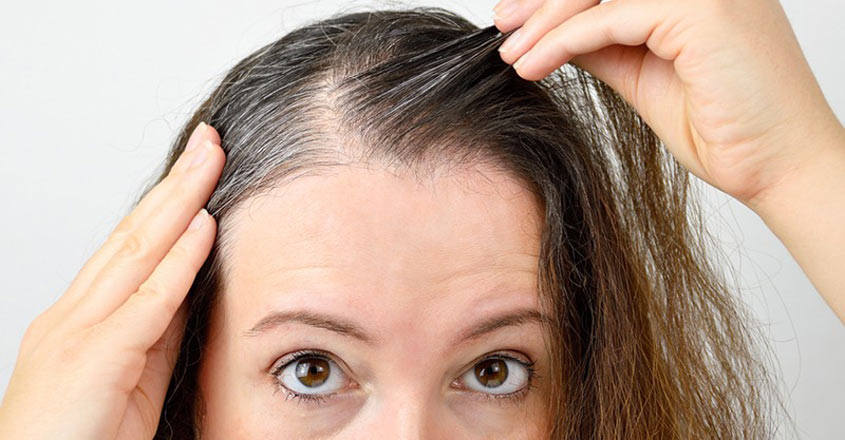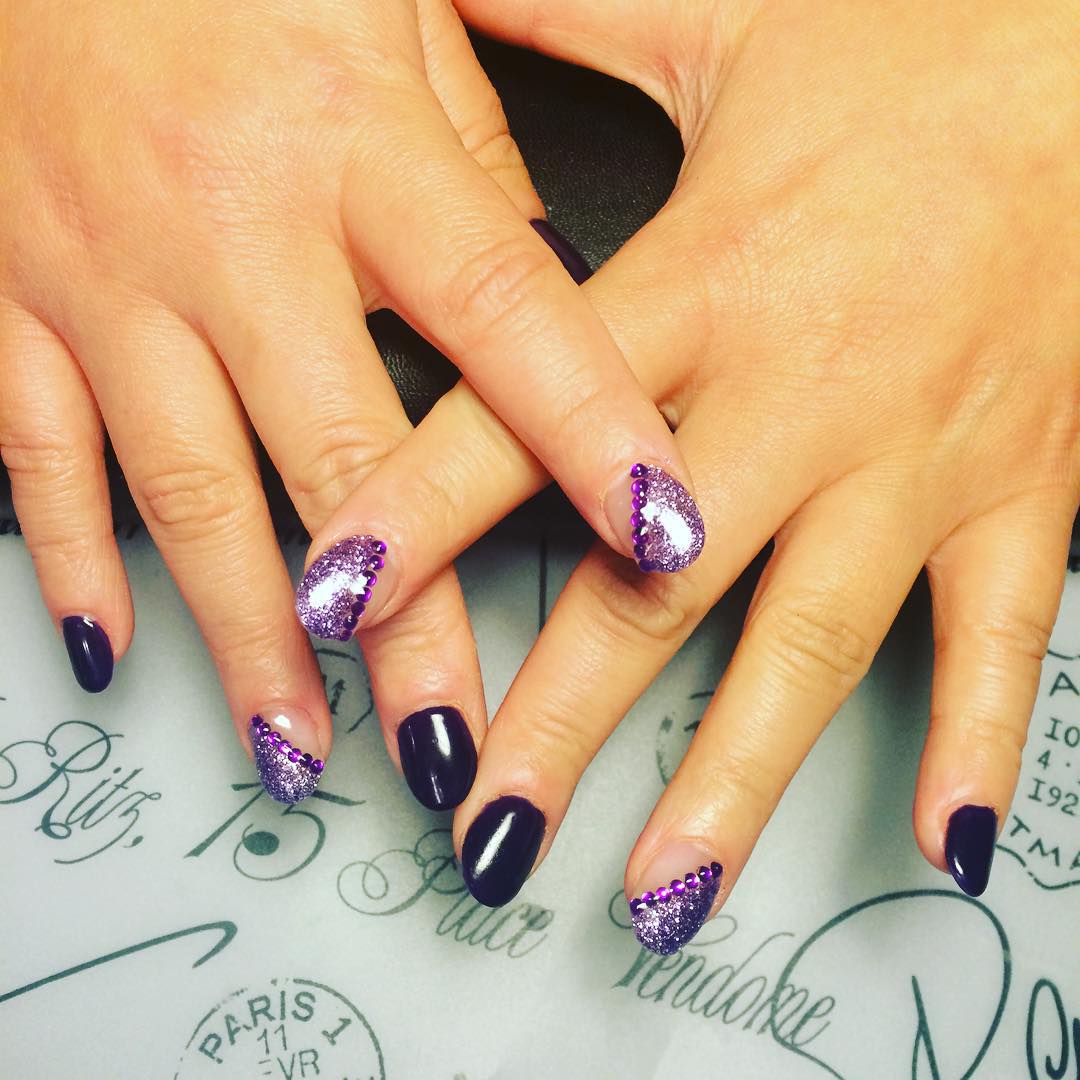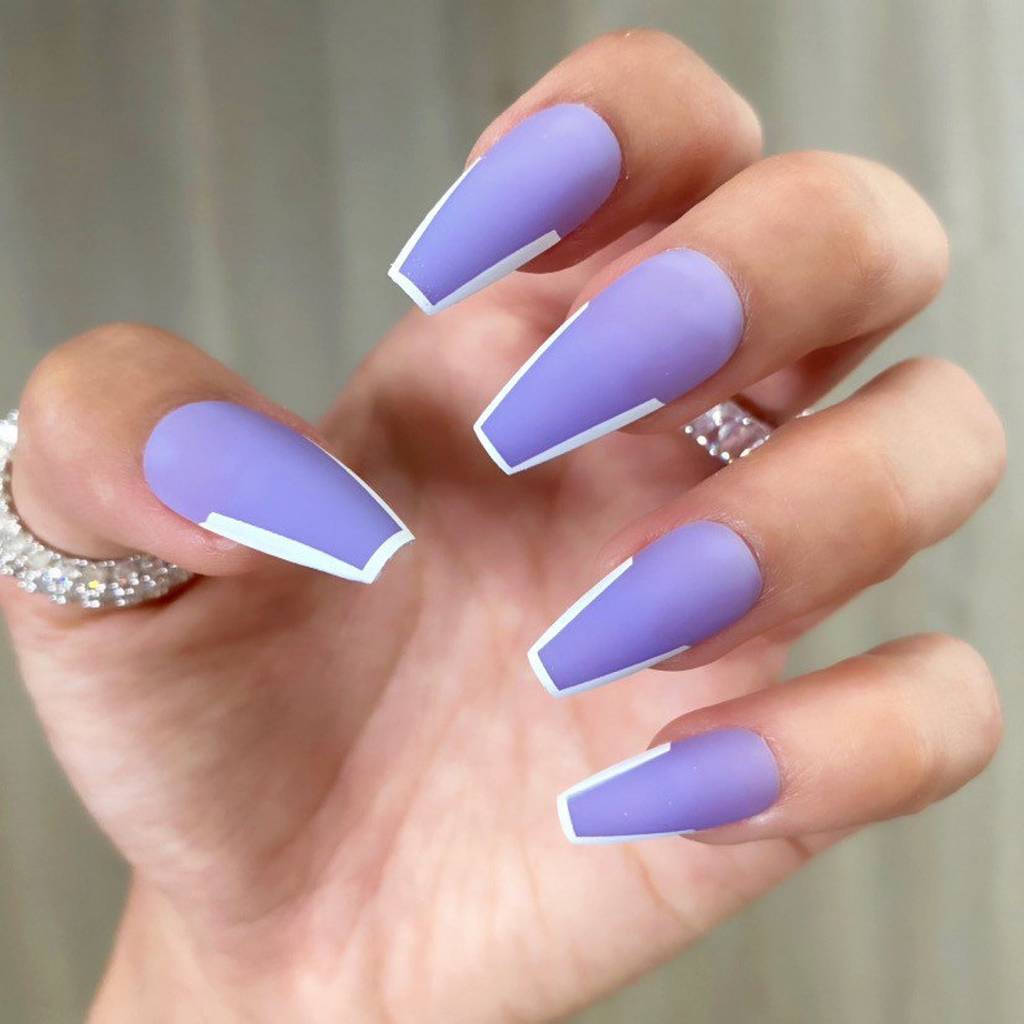Table Of Content
- Changing your lifestyle could reverse the gray
- What are common types of hair loss?
- If your diet isn’t helping, go for vitamin B supplements
- action: 'healthbeat'
- Going gray is beautiful and natural
- Mice and humans are different. Often medical studies in animals turn out to be impossible to replicate in people.

“People who report having experienced moderate to high stress over the long term have been shown to have changes in different brain structures that are important for memory and cognition,” adds Simone. Dr. Patricia Simone is a cognitive neuroscientist and professor of psychology at Santa Clara University. The focus of her research is cognitive aging, and what factors influence long-term memory in older adults and children. 2018 research shows that regular physical activity may reduce stress and stress-related risk factors.
Changing your lifestyle could reverse the gray
Chronic stress can have multiple effects on the body, and the hair is no exception. A 2013 study showed a correlation between stress and graying of hair in mice. While genetics seems to be a larger factor in when one grays, stress can contribute to it.
What are common types of hair loss?
By manipulating the genes, the researchers prevented or reduced gray hair in the mice. "Understanding the mechanisms that allow 'old' gray hairs to return to their 'young' pigmented states could yield new clues about the malleability of human aging in general and how it is influenced by stress," Picard says. The researchers showed that stress also leads to the loss of these pigment-producing stem cells in mice. “Understanding the mechanisms that allow ‘old’ gray hairs to return to their ‘young’ pigmented states could yield new clues about the malleability of human aging in general and how it is influenced by stress,” Picard says.
If your diet isn’t helping, go for vitamin B supplements
It can be long and wavy, short and straight, frizzy and unmanageable, or smooth and shiny. Hair comes in many different lengths, styles, colors, and textures. Yet just about everyone – no matter what kind of hair they have – falls prey to at least one hair problem at some point in life. Scott recommends using a big barrel curling iron to create waves. If you prefer your hair up, Pacheco suggests crossed and french braids that will also help hide grays (or enhance the look with weaves of color).
action: 'healthbeat'
This April marks Stress Awareness month in the US, a calendar moment designed to raise awareness of the pervasive and damaging nature of stress. While we know that stress is an undeniable factor in most people’s lives, its impact on so many aspects of our physical and mental health is perhaps more far reaching than we might imagine. When it comes to our hair, stress is the second biggest cause of hair loss after genetics, but because the process usually takes anywhere between three and six months to happen, many people don’t make the connection.
Do not sell my personal information Privacy Policy and Terms of Use
With fewer stem cells to turn into pigment cells or melanocytes, less melanin can be produced. Using florescent labelling, the researchers observed the stem cells change to melanocytes and migrate away from their reserve in the hair follicle. With no remaining stem cells, no new pigment cells can be made, and any new hair becomes gray, then white. Although reducing your stress levels might seem insurmountable, making sure you’re eating the right things will go a long way to setting a good foundation for optimum hair growth. A healthy balanced diet is also important in stress reduction too as it can support a healthy immune system, repair damaged cells and even reduce elevated cortisol levels. Getting enough protein in your diet is essential as it provides the building blocks for proper hair growth; meat, tofu, eggs, beans, grains, nuts, and fish are all good protein sources.
The team’s first step was to identify proteins that show if a strand was gray, white, or colored—at any point in its history. During stressful times, people often credit “the job” or “the kids” for their premature grays. While some may be only joking, there’s some truth to the theory.
Mice and humans are different. Often medical studies in animals turn out to be impossible to replicate in people.
It's important to remember that going gray is a natural part of aging that everyone will likely go through eventually. If you're noticing more grays accompanied by stress, making some life changes may be able to help. Smoking, on the other hand, has been found to have a significant relationship with developing gray hair before the age of 30, according to a 2013 study. There are many reasons people experience graying, but a lot of times it simply comes down to natural aging and genetics.
Psychological stress can cause hair to turn gray - BioTechniques
Psychological stress can cause hair to turn gray.
Posted: Mon, 05 Jul 2021 07:00:00 GMT [source]
More evidence suggests multivitamins slow cognitive decline
In middle age, when a person is nearer that threshold, stress can push a hair over the line. This analysis revealed that the times when graying or reversal occurred corresponded to periods of significant stress or relaxation. In one individual, a 35-year-old man with auburn hair, five strands of hair underwent graying reversal during the same time span, which coincided with a two-week vacation. Another subject, a 30-year-old woman with black hair, had one strand that contained a white segment that corresponded to two months during which she underwent marital separation and relocation—her highest-stress period in the year. Early evidence suggests that fish oil supplements can promote hair growth.
Does Stress Cause Gray Hair? It May Lead to Premature Graying - Business Insider
Does Stress Cause Gray Hair? It May Lead to Premature Graying.
Posted: Mon, 13 Apr 2020 07:00:00 GMT [source]
In hair follicles, cells called melanocyte stem cells color hair by converting into pigment-producing cells. The body can’t replenish the stem cells, so as these cells are used up, color vanishes. Sensory stress triggered a mouse’s sympathetic nervous system — which controls the body’s fight-or-flight response to stress — to release the neurotransmitter norepinephrine, the team found. That compound overactivates the reservoir of stem cells, setting off a flurry of conversion into pigment-producing cells. Hair color is determined by cells called melanocytes, which produce the pigment melanin. New melanocytes are made from melanocyte stem cells that live within the hair follicle at the base of the hair strand.
Infographic depicting how stem cells are depleted in response to stress, causing hair to turn gray in mice. Changes in 300 proteins occurred when hair color changed, and the researchers developed a mathematical model that suggests stress-induced changes in mitochondria may explain how stress turns hair gray. As they age, men tend to lose the hair on top of their head, which eventually leaves a horseshoe-shaped ring of hair around the sides. It's caused by genes from both parents – the idea that men take after their mother's father is a myth. It's fueled by dihydrotestosterone, a byproduct of the male hormone testosterone. In female-pattern baldness, the hair loss is different – it thins throughout the top of the scalp, leaving the hair in front intact.
Picard and his team began searching for others with two-colored hairs through local ads, on social media and by word of mouth. Not at all, though if the gray hairs come in a short period, they may be a sign that you’re under too much stress. If that’s not the case, you could embrace your gray hair and enjoy celebrating your age. Not everyone showed evidence of regaining color, and it didn’t happen in any volunteers over the age of 40 in this study. More research will tell us if de-stressing can reverse hair loss later in life. Looking at the proteins in the hair strands at different points allowed the team to see that some hairs that were now brown or another color had been gray or white earlier in the year.
Some people consider gray hair as something that makes them look distinguished; for others, it's a reminder that they're getting older. However you feel about it, gray or white hair is pretty much inevitable with age (if you're fortunate enough to still have hair in your later years). Going gray is commonly explained as a loss of pigment (aka melanin) in the hair shaft. Typically, this hair has a different feel and texture than its pigmented counterparts. It’s been noted that gray hair is coarser, thinner, and “less manageable” — but there are products to help with this! Consider gray a new stage of life, one that you can learn to embrace in your own way.
But the culprit ended up being a different part of the body’s fight or flight response — the sympathetic nervous system. Researchers set out to determine if stress could also cause hair to gray, and if so, how. The study was funded in part by NIH’s National Institute of Arthritis and Musculoskeletal and Skin Diseases (NIAMS) and other NIH components. Gray gets a bad rep in a world that’s looking to biohack our way to forever, but a reputation is all it is — and that can be changed. You can rock your grays like a rock star, dye them to wait until more arrive, or even take a closer look at your diet for potential nutritional gaps — because the truth is grays aren’t an overnight occurrence. Stress is a normal reaction to everyday pressures, but it can become unhealthy when it upsets a person's day-to-day function, according to the American Psychological Association.
When hair regenerates, some of the stem cells convert into pigment-producing cells that color the hair. For the study, published in eLife, researchers plucked, imaged and analyzed 397 hairs from 14 healthy people ranging in age from 9 to 65. None used hair dye, bleaching or other chemical treatments and all self-identified as having some gray hairs or two-colored hairs.


















